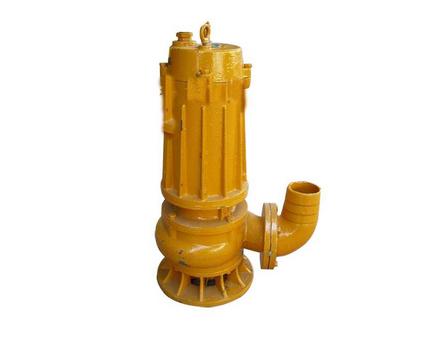Sewage Pump Mechanical Seal Troubleshooting
Troubleshooting the mechanical seal of a sewage pump is a key link in ensuring the normal operation of the pump equipment. The following are some common mechanical seal failures of sewage pumps and their troubleshooting methods:
1. Mechanical seal leakage
Failure phenomenon:
Liquid leakage occurs at the mechanical seal.
Possible causes:
Improper installation, such as excessive or too small compression, resulting in non-parallel sealing surfaces or poor contact.
The sealing surface is severely worn, such as scratches caused by granular matter entering the friction pair.
The sealing ring is aged or damaged and loses its elasticity.
The spring fails, such as losing its elasticity or breaking.
Troubleshooting method:
Re-adjust the installation position of the mechanical seal to ensure that the compression is appropriate.
Replace the severely worn sealing surface parts.
Replace the aged or damaged sealing ring.
Check and replace the failed spring.
2. Mechanical seal overheating
Failure phenomenon:
The temperature at the mechanical seal is too high, and even smoke is emitted.
Possible causes:
Dry friction of the sealing surface, such as caused by gasification of the medium or negative pressure.
The spring is designed to be too large relative to the pressure, resulting in excessive heating of the friction pair.
Poor lubrication, such as lack of lubricant in the medium or deterioration of the lubricant.
Troubleshooting method:
Improve the medium conditions, such as adding lubricant or reducing the medium temperature.
Adjust the spring specific pressure to ensure that the sealing end face is properly stressed.
Strengthen lubrication measures, such as replacing suitable lubricants or adding lubrication points.
3. Mechanical seal vibration and noise
Failure phenomenon:
Vibration and noise occur at the mechanical seal.
Possible causes:
The shaft is not perpendicular to the pump cover, resulting in the mismatch between the dynamic and static planes.
The sealing surface is uneven, such as due to machining errors or wear.
The bearing is damaged or severely worn.
Troubleshooting method:
Check and adjust the verticality of the shaft and the pump cover.
Replace uneven sealing surface parts.
Check and replace damaged or severely worn bearings.
4. Other precautions
When troubleshooting mechanical seal failures, the machine should be shut down and the power supply should be cut off to ensure safety.
When disassembling the mechanical seal, special tools should be used to avoid damage to the sealing surface and other parts.
When replacing mechanical seal parts, ensure that the new parts are consistent with the old parts in model and specification.
When reinstalling the mechanical seal, the manufacturer's instructions should be followed for correct installation and adjustment.

In summary, troubleshooting of mechanical seals in sewage pumps requires comprehensive consideration of multiple factors, including installation, wear, aging, lubrication, etc. Reasonable maintenance and care measures can extend the service life of mechanical seals and reduce the possibility of failure.




